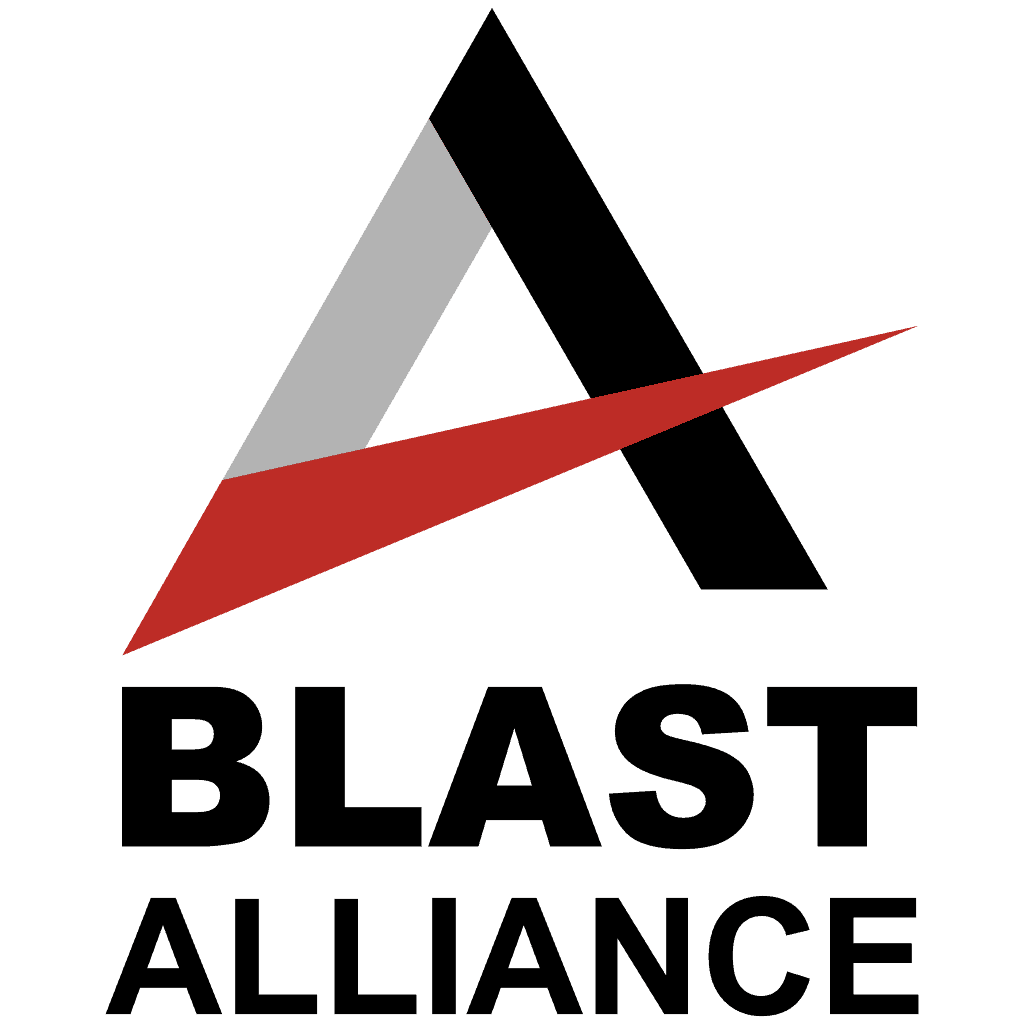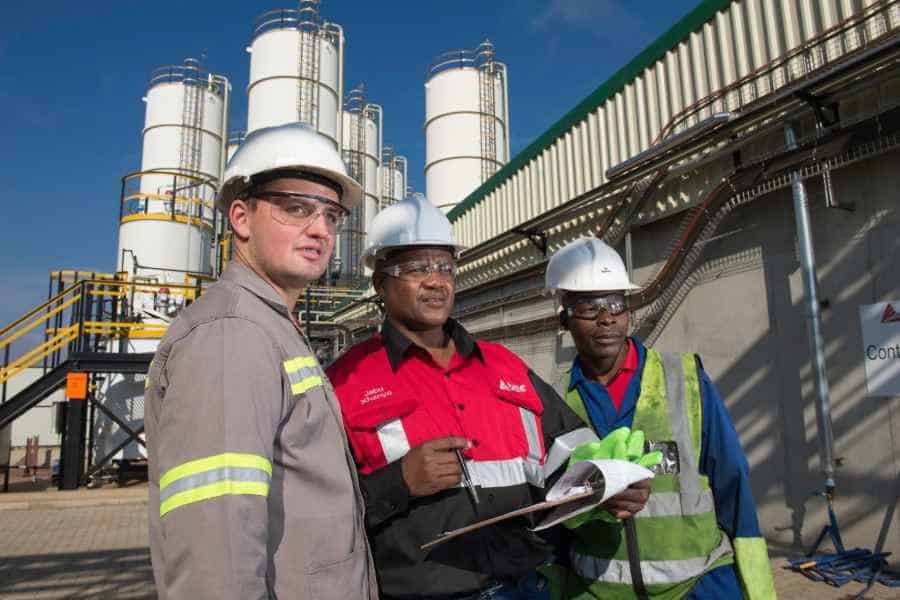When it comes to using alternate electronic initiation systems outside of the traditional wired variant, BME is looking beyond just wireless solutions.
The company’s General Manager of Technology and Marketing, Nishen Hariparsad, says the company’s AXXIS platform is the key area of focus for such developments.
AXXIS was originally designed for open-pit mining blasting as a fully programmable, accurate and easy-to-use electronic delay detonator system. In 2018, its functionality was expanded to cater to the underground sector and, since then, the company has developed the AXXIS Titanium and AXXIS Silver offerings.
Hariparsad told IM that the future AXXIS roadmap included a series of feature upgrades that deliver more efficiency, larger blasts and limit customer pain points through the blasting process.
“As such, one of these feature upgrades and solutions in our roadmap includes alternate electronic initiation solutions, which is not limited to just a wireless initiation system,” he said.

BME Managing Director


BME General Manager of Technology and Marketing
BME Managing Director, Ralf Hennecke, added to this saying that after the company was already working on bringing new updates to the market outside of AXXIS Titanium and AXXIS Silver.
“This is the same approach that we take with all product categories; for example, we have recently released a new version of our popular Xplolog system for capturing and analysing data on blast holes and decks,” he said. “Xplolog allows mines to monitor their block progress in real time and to continuously improve the quality of blasts. The performance of this version is enhanced with design and application code built from the ground up, and with a new and upgraded database using Google’s Cloud Services.”

More generally, BME’s R&D is underpinned by the foundation of safety, a secure supply chain and a focus on sustainable production through rolling out renewable energy generation at its facilities.
When it comes to the ongoing safety of its products, Hennecke was keen to go back to the properties of the company’s AXXIS Titanium platform for an example.
“Safety in blasting has less to do with automation, and more to do with strict safety protocols supported by the best technology available,” he said. “For example, our latest generation of AXXIS Titanium once again raises the safety bar by incorporating a Swiss-designed application-specific integrated circuit chip in our detonators. This gives the system more internal safety gates against stray current and lightning, enhancing safety levels and allowing for inherently safe logging and testing.”
The company’s digital technology also allows for more controlled blasting, which prevents risks like vibration and fly-rock.
“Electronic initiation, for instance, staggers the energy release of a blast – and lower charge mass per delay can lead to lower vibration levels,” Henneke said. “For example, we were able to safely initiate a blast of 766 detonators just 34 metres from a building, on a recent urban construction project in Gauteng.”
The integration of more controlled blasting, sophisticated blast design software – like Blastmap – and the introduction of a global online technical services and solutions platform to enable explosives users to consult with experienced explosive engineering professionals is also helping BME’s clients quantify and keep track of the downstream impacts of its upstream blasting processes.


Hennecke said: “This technology plays a role not just in planning and initiating blasts, but in assessing how well a blast plan was executed. Measurement techniques include real-time tracking of emulsion volumes being pumped into blast holes, to the use of drones, 3D photography and global positioning systems to profile blast results.
“The data lends itself to ongoing cost optimisation, and to ensuring that there is no wastage of resources in achieving the optimal blast result.”
This is also translating to a reduction in upfront costs for clients, according to Hariparsad, with machine-learning algorithms interpreting data for optimisation opportunities.
Machine learning and artificial intelligence also come into the company’s automation efforts where solutions such as Xplolog and Xplocharge can automate aspects of blasthole charging, including the real-time tracking of emulsion volumes being pumped on the bench by smart trucks.
Hariparsad explained: “These volumes are monitored by on-vehicle equipment, which compares the planned volumes with the actual volumes required. This data can then be transmitted wirelessly to be stored and analysed in cloud platforms.”
Smart trucks or ‘Smart mobile manufacturing units’ (MMUs), are regularly mentioned in the explosives and blasting sector to remove people from the bench and distribute accurate and tailored explosive solutions to individual blast holes.
BME’s concept of a ‘Smart MMU’ is aligned with its strategy of delivering innovating technologies that position the business to deliver global mining solutions, according to Hariparsad.
“They are designed to capture data, monitor product information and record delivery of bulk emulsion according to defined chemistries and formulations,” he said. “This allows our customers to benefit from greater insights and decision-making capabilities with each loading and blast cycle.”
Beyond the basics of digital data capture, the Smart MMUs are designed with remote connectivity to BME’s cloud servers for real-time data transfer of loaded product, as well as digital telemetry through Internet of Things devices that measure truck performance.

“This information can be used for productivity gains, maintenance control, product quality and asset utilisation, offering a more efficient and reliable solution for our customers,” Hariparsad said.
Added digital functionality is available through the aforementioned Xplocharge, BME’s dedicated MMU operating system, which can connect to Xplolog, the company’s blast data management system.
“This ensures the most up to date hole design and loading data is available to the MMU operator and the blaster while blast holes are being charged,” Hariparsad said. “BME’s smart MMUs make use of internet connectivity through satellite and W-Fi communications, which allows real-time data to be captured and stored in a cloud database. This provides our customers with direct access to process data at any stage of the loading process – to monitor productivity in real time.”
On top of this, the Smart MMUs have a single operator design logic, eliminating the need for additional operating personnel and providing an optimised resourcing methodology. BME has, according to Hariparsad, differentiated its MMU technology through its in-house specialised assembly and fabrication facility where more than 200 MMUs have been built.





